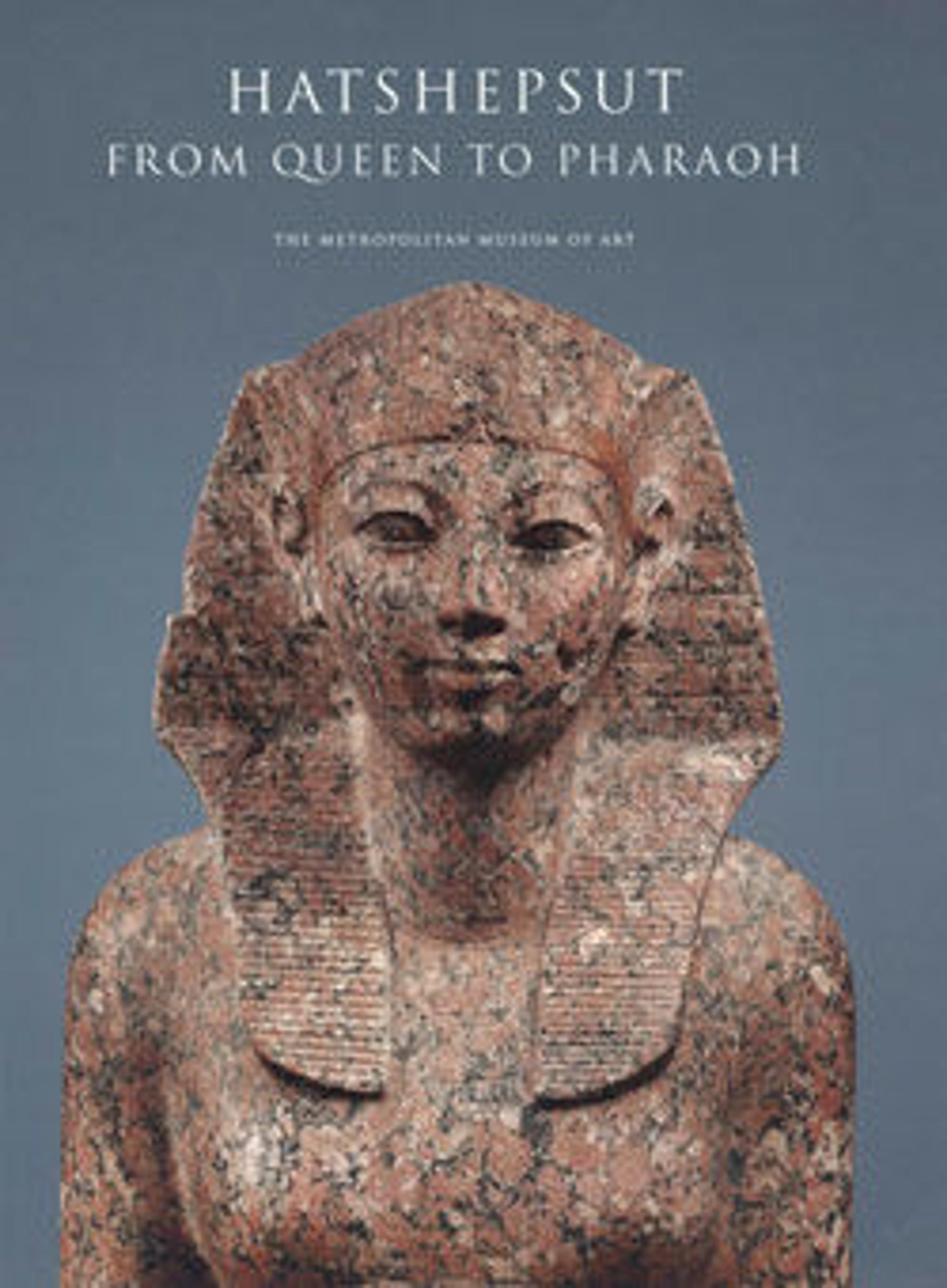Marsh Bowl
This faience bowl is one of the larger examples of its type, which is sometimes referred to as the marsh bowl or the nun-bowl. The outside is decorated with the radiating petals and sepals of the Egyptian blue lotus. The sepals of this flower have purple dots on the exterior, which the artist has indicated by dashes. The center of the interior is decorated with an elaborate square filled with alternate checked, solid, and reserved bands surrounded by a plaited pattern, which represents a pond. All around the pond and extending up to the rim of the bowl is a continuous design of lotus blossoms, some fully opened with erect stems and some partially opened buds with drooping heads. Lotus buds also fill the empty spaces around the stems.
This beautifully preserved bowl was found with a scarab in the coffin of a woman named Teti, which contained the mummies of two adults and a child. The coffin (12.181.302a, b), the scarab (26.7.432) and the bowl are all on display in gallery 114.
This beautifully preserved bowl was found with a scarab in the coffin of a woman named Teti, which contained the mummies of two adults and a child. The coffin (12.181.302a, b), the scarab (26.7.432) and the bowl are all on display in gallery 114.
Artwork Details
- Title:Marsh Bowl
- Period:Early New Kingdom
- Dynasty:early Dynasty 18
- Reign:reign of Ahmose–Joint reign
- Date:ca. 1550–1458 B.C.
- Geography:From Egypt, Upper Egypt, Thebes, Asasif, Tomb CC 47, Burial 12, Carnarvon/Carter excavations, 1912
- Medium:Faience
- Dimensions:h. 11 cm (4 5/16 in); diam. 28 cm (11 in)
- Credit Line:Purchase, Edward S. Harkness Gift, 1926
- Object Number:26.7.905
- Curatorial Department: Egyptian Art
More Artwork
Research Resources
The Met provides unparalleled resources for research and welcomes an international community of students and scholars. The Met's Open Access API is where creators and researchers can connect to the The Met collection. Open Access data and public domain images are available for unrestricted commercial and noncommercial use without permission or fee.
To request images under copyright and other restrictions, please use this Image Request form.
Feedback
We continue to research and examine historical and cultural context for objects in The Met collection. If you have comments or questions about this object record, please contact us using the form below. The Museum looks forward to receiving your comments.
